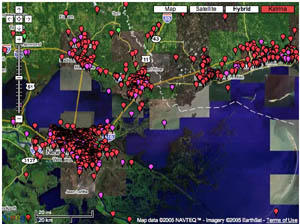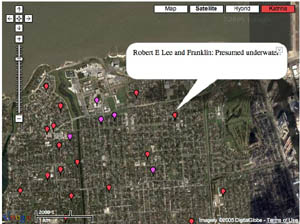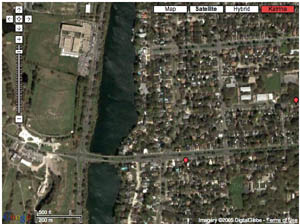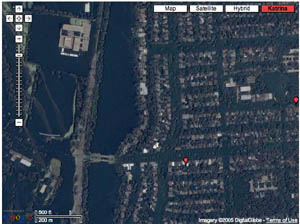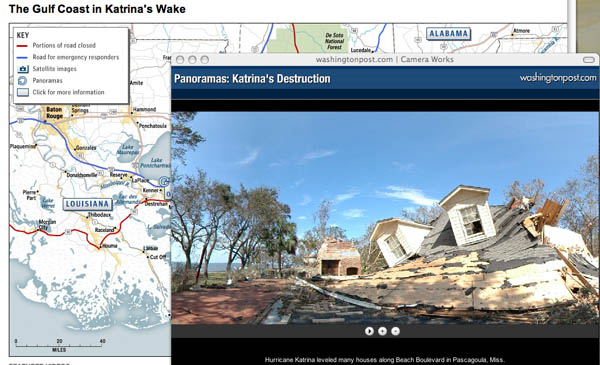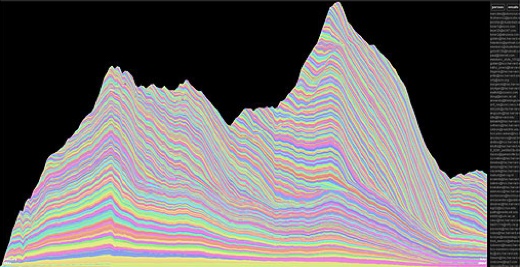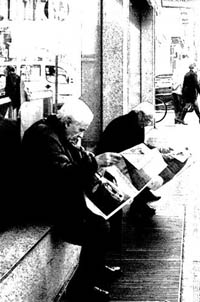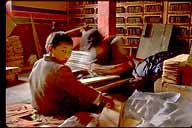Hi Bob –
I’ve been asked questions like this several times in the past, and have never been able to come up with a satisfactory answer. I estimate that I’ve read between 15,000 and 20,000 books, with about 1/10th of these being really worthwhile, and perhaps another 1/10th or more really useful as “how not to think about it” that serve as a large field of comparative and contrasting ideas. I think a central answer to your question from me is that I would simply not have my world view if it weren’t for books, and not just a few books but the wealth of multiple perspectives that the printing press made possible and encouraged.
The most important events in my life were learning how to read fluently before school age, and having read many books by the time I got to the constricting dogmas of school learning. This allowed me to resist and to gradually build my own mind, again largely through reading. I believe this is also an important answer to much of the good that has happened in the last 400 years. It’s hard to pick 3 books that changed the world, but there is no doubt in my mind that the combination of new kinds of argumentation and many more points of view from thousands of books broke apart a lot of the rigidity of thought that has characterized most of human existence. Sorry, best I can do …
P.S. If you had to pick one for the 17th century, it would be Newton’s Principia Mathematica. I came upon this in my late 20s or early 30s and it would be my pick for the number one “amazing book” ever written. However, my course and POV were already set by the time I actually got around to buying and reading it.
Cheers, Alan
to which Bob replied:
So . . . do you think books are playing the same role today as they did 40-50 years ago when we were growing up? My instinct is no . . . but even if i’m right, i’m not sure if it is because times are different or because the media landscape has changed so dramatically.
to which Alan replied:
No [in answer to “do you think books are playing the same role today … ] and I think that much of the new technology in the 20th and 21st centuries has been used to automate old oral forms (telephone, radio, movies, TV, voice mail, etc.) and this has taken quite a bit of day to day reading and writing out of most peoples’ lives. We are wired for oral discourse and most are happy to stay there. The larger scheme of things was greatly aided by having writing be the only long distance replicable technology around for a long time — and given that only 1% in Europe in 1400 could read, it really took the printing press to spread the hard to learn and literally mind-changing technology around sufficiently.
Also, McLuhan and Postman were pretty much right: that TV, especially, is a media form that delivers a 24 hour wall to wall environment that seems total, but lacks many important message carrying (and carrier) properties that the “written symbolic” media has. So, it’s not that TV actually tells people how to think, but, as an environment, it is what people try to learn to be fluent in and adapt to, and this makes it difficult for most people to formulate non-TV kinds of thoughts (many of which have been critical to the development of the last 400 years). And TV is much easier to “learn”. In simple: if you don’t read and think for fun, you won’t be fluent enough to read and think for purpose. This is why, when asked, I advise parents to treat TV and other similar media (including computer) like a cabinet of loaded guns or liquor. Locking it up is good, but not having in the house is probably better. But, since they are avid TV watchers and non-readers themselves, this advice has no effect. I think things are getting worse in part because TV is progressively making many more bad ideas seem normal.
Cheers, Alan
…and again, later on…
Hi Bob –Your questions got me thinking about certain books over the years. I stand by my earlier claim that it was the totality of many many books that did the job on me. But, still, there were a few, especially some very early ones that got me thinking one way and not another. For example, the first adult book I read all the way through — maybe at age 4 – was my father’s copy of Edith Hamilton’s Mythology. I originally read it because I had gotten interested in the ancient Greeks (he was quite interested). But the last part of the book contained Norse myths and these were in some cases similar to the Greek ones. This got me to realize that these were just stories and needed more than claims to back them up. This helped tremendously in resisting the Bible during later attempts to force this on me. Another early book was a long one, also my Dad’s, Breasted’s Ancient Times, maybe read at age 6 or 7. Again, I originally started reading it because I though ancient (and “lost”) civilizations were cool (and loved the different architectures, etc.). But, I started to realize that human beings are driven to similar forms under similar conditions, etc. This led me to Anthropology later on.
A Life Magazine on the Holocaust (published in 1945, but I saw in 1947 at age 7)completely horrified me, and made me afraid of adults to this day (and rightly so).This was likely one of the earliest insights and shocks that motivated my later long standing interests in helping children to think better than most adults do today. Willi Ley’s Rockets, Missiles and Space Travel around age 8 had a big effect. One memory from this book was the strange idea that you couldn’t just aim a rocket at the planet you wanted to go to, but had to create an orbit for the rocket that would cause it and the planet to meet many months in the future. I can’t quite explain why this had such a big effect on me. Science fiction, especially of Robert Heinlein, A. E. van Vogt, etc., had a huge effect, and got me to read many deeper books, like Korzybski’s Science and Sanity. To have a conversation with a professor who didn’t like grad students but did like McLuhan, I spent the better part of the summer of 67 really understanding Gutenberg Galaxy and Understanding Media. This was one of the biggest most useful shocks I got from a book. Marvin Minsky’s Computation: Finite and Infinite Machines had a great effect on getting me to think more mathematically about computing (maybe 1968), and this led to McCarthy’s meta definition of LISP in the LISP 1.5 Manual (a book of sorts), which was the key to really inventing objects “right”. And so forth …
Cheers, Alan





